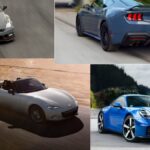

8 Japanese Concept Cars That Could Have Changed The Industry
The 1970s, 1980s, and 1990s were tumultuous decades for the automotive industry. Everyone was picturing what the car of the future would look like, and around the 1990s, many carmakers infused these ideas into their cars. Bold designs and revolutionary tech brought the car industry to the precipice of something great. Concept cars were a bold statement, but more often than not, they did not transition into production.
While many production cars from that era became icons, many did not get their chance to shine and remained concept cars. Only a small amount of the tech they showcased made it to Japanese cars that entered production, but those were far less exciting than what the concept cars promised. Among them are these 8 Japanese concept cars that could have changed the industry for good, had they made it to production.
1985 Mazda MX-03
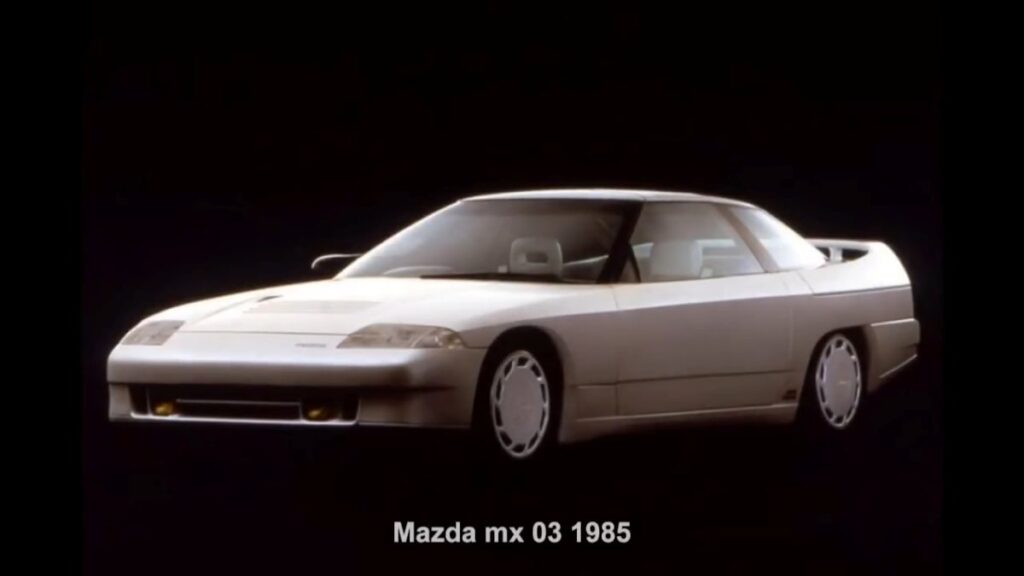
Aerodynamic, lightweight and hi-tech, the 1985 Mazda MX-03 was one of the Japanese carmaker’s boldest concept cars. The MX-03 was a collection of impressive figures. It featured a 2.0-litre, turbocharged, three-rotor engine making 315 horsepower, although the earliest prototype was said to have featured a 1.4-litre engine from the Mazda Familia. With a drag coefficient of 0.25, this was enough for a top speed of 290 km/h or just over 180 mph. The 0 to 62 mph sprint took 4.7 seconds.
Four-wheel steering and four-wheel drive were also featured, and the whole car weighed just 1,170 kg (2,579 pounds) thanks to fiberglass body panels. Probably the biggest letdown for enthusiasts would have been the four-speed, torque-converter automatic, but the MX-03 was supposed to be a luxury grand tourer.
The cockpit was highly digitalized and featured a yoke-style steering wheel, way before Tesla ever did. Eventually, we got the 1990 Mazda Eunos Cosmo, which vaguely resembled the MX-03. The concept was purely meant to showcase the brand’s technological capabilities.
Nissan Mid4 and Mid4 II
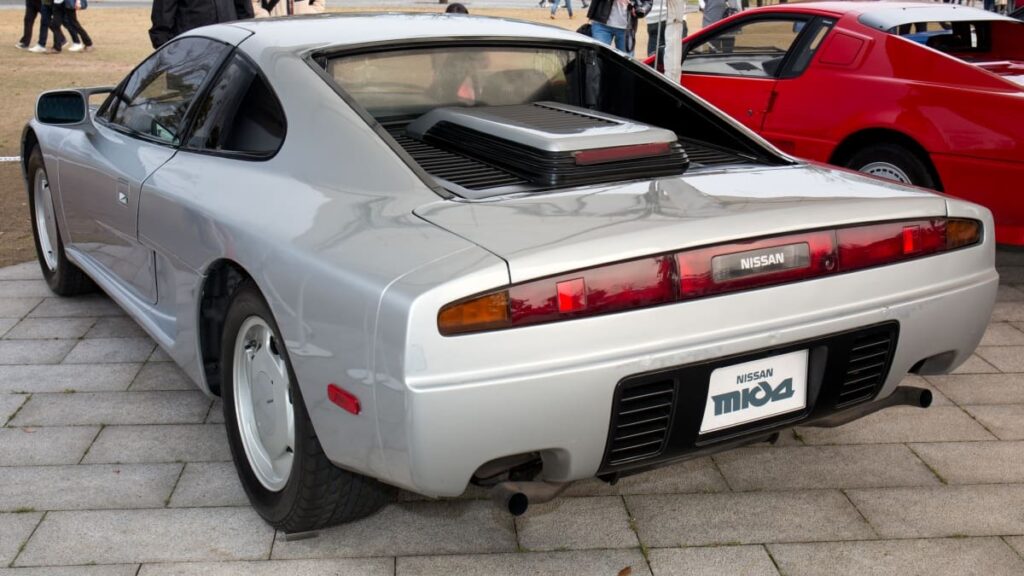
When you think of mid-engine Japanese sports cars, you probably think of Toyota MR-2 or Honda NSX, and not Nissan. In the 1980s, even the now-struggling Japanese carmaker was experimenting with the mid-engine layout. This bore two concept models – the 1985 Nissan Mid4 and the 1987 Nissan Mid4 II, which was sleeker and more rounded. Both mid-engine Japanese concept cars were bold takes on European names like the Lotus Esprit and Ferrari Testarossa, and their styling clearly shows that.
The 1985 model featured a VG30 DE 3.0-litre V-6 engine producing 242 horsepower, while the 1987 Nissan Mid4 II featured the VG30 DETT variant, making 326 horsepower at 6,800 RPM and 382 Nm at 3,200 RPM. Both engine variants eventually made it in the Nissan Z32 300ZX. Other advanced features that made it to production models included the ATTESA all-wheel-drive system and HICAS four-wheel steering.
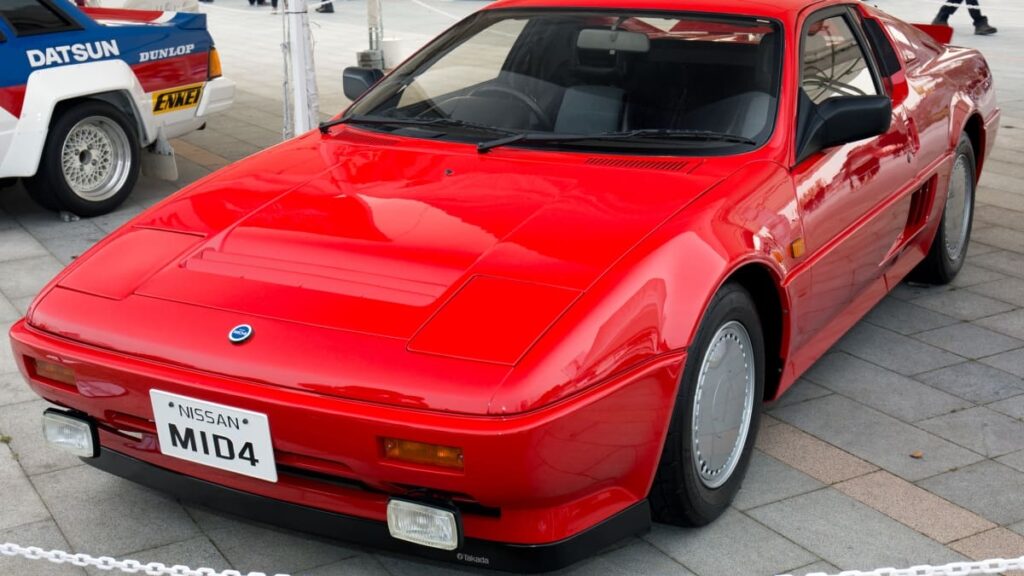
Despite all the tech featured, both Mid4 concepts were fairly lightweight – 1,230 kg for the Mid 4 and 1,400 kg for the Mid4 II, respectively. Ultimately, Nissan decided the Mid4 was too expensive to manufacture. Because of this, in 1991, it was Honda that redefined the mid-engine sports car.
Mitsubishi HSR
The HSR was a family of six Mitsubishi concept cars, developed between 1987 and 1997. Each concept previewed different technologies or aspects of the brand had been working on. The original HSR (1987) was all about the 4G63 T, 2.0-litre turbo-four engine, later featured in the Mitsubishi Lancer Evolution. In the concept car, it produced 295 horsepower. The HSR-II was all about the active aerodynamics, later featured on the Mitsubishi GTO/ 3000 GT. It also featured a 4G63-T engine, but now with 350 horsepower. It also had a drag coefficient of as little as 0.20 Cd.
The HSR-III was all about “less is more”, featuring a 1.6-litre V-6 with 180 horsepower. It also featured revolutionary aerodynamics with “soft skin”, and was also built to be environmentally-conscious, featuring easily recyclable body panels. The HSR-IV was all about the new (at the time) all-wheel-drive system and four-wheel anti-lock brakes, while the HSR-V took things further by introducing gasoline direct injection (GDI).

The last concept – the HSR-VI – was all about four-wheel steering, advanced traction control, and Mitsubishi’s active yaw control, fitted on the Mitsubishi Lancer Evolution models. All six HSR concepts had two things in common – being mid-engine and being built simply to showcase new technology that later went into production models.
1991 Daihatsu X-021
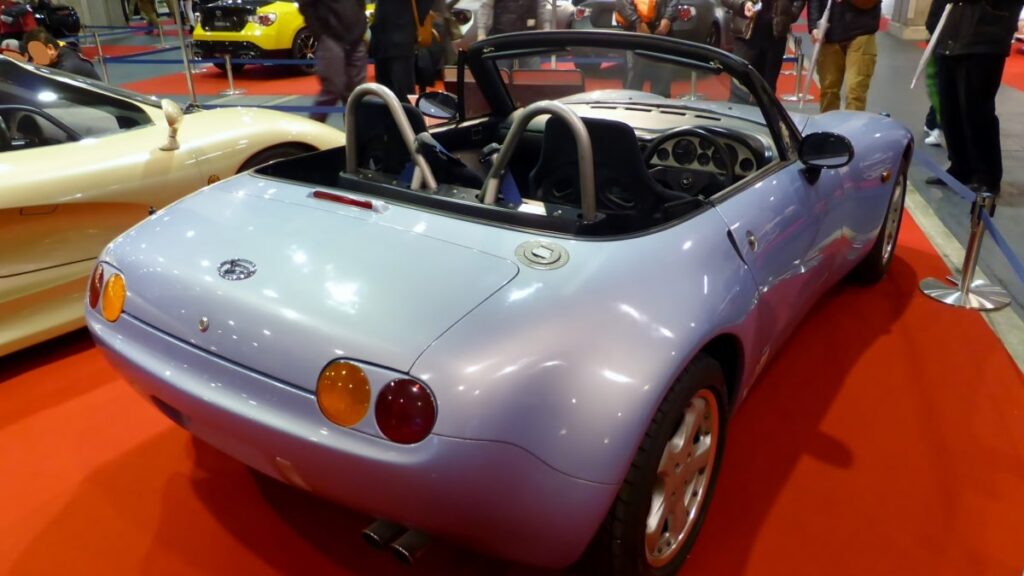
It is a well-known fact that Mazda reinvented the British lightweight roadster formula with the MX-5. Thanks to the brilliance of the Miata, other companies spawned models like the Audi TT, BMW Z3, and others. In 1991, Daihatsu almost followed suit with its own lightweight roadster. The X-021 previewed a Miata rival, built around a similar, front-engine, rear-wheel-drive platform. The Daihatsu X-021 was slightly smaller than an NA Miata, but still larger than a Suzuki Cappuccino – another model that is said to be revived in the coming years.
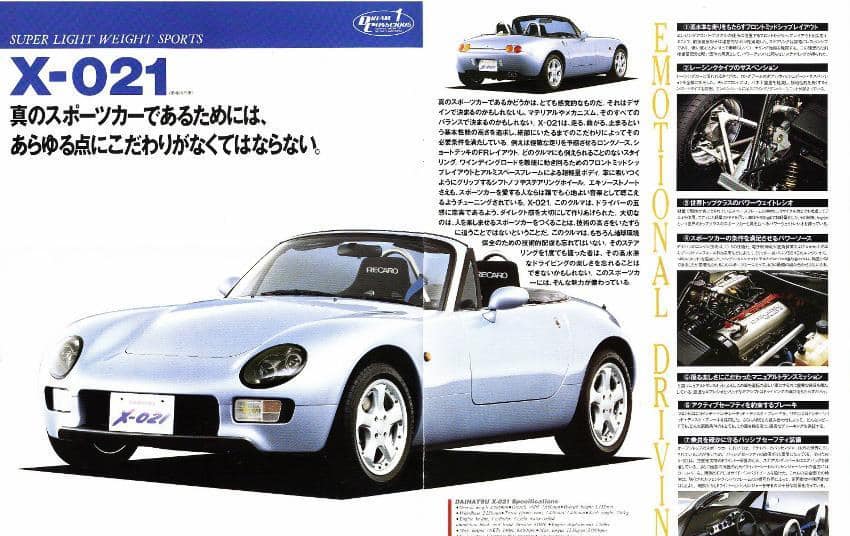
Daihatsu’s small roadster was powered by a 1.6-liter, normally aspirated, inline-four engine producing 140 horsepower at 6,600 RPM. Even more impressive was the weight of just 701 kg (1,545 pounds), giving the X-021 a superior power-to-weight ratio to any Miata. This includes the upcoming MX-5, which is said to feature a larger engine, but even more lightweight. It also meant this would have been one of the most fuel-efficient sports cars you could buy.
Daihatsu’s roadster concept was said to be capable of 201 km/h (125 mph). In the end, Daihatsu shifted focus to other, more mainstream models, and the soft-top convertible did not make it to production. The closest thing we got to the X-021 was the Copen, but that was front-wheel-drive.
Mazda RX-500
One of the most radical Japanese concept cars came from Mazda in 1970. The RX-500 was extremely lightweight, mid-engine, and with a Breadvan-styled rear end. Opening the rear clamshell revealed a 10A, 1.0-litre rotary engine, producing 247 horsepower. The whole car weighed just 850 kg thanks to a steel tubular space frame and fibreglass-reinforced plastic body panels. Small wonder, this 1970 concept car was capable of 241 km/h top speed.
The mid-engine Mazda RX-500 was developed as a road safety test bed, with the taillights changing colours depending on whether the car was breaking (red), cruising (amber), or speeding (green). It featured butterfly doors for ingress/ egress and gullwing-style engine covers. The sole prototype resides in the Hiroshima City Transportation Museum, but is occasionally displayed at international automotive events.
Honda Argento Vivo
In 1995, Honda presented the Argento Vivo. This roadster concept car is a precursor to the Honda S2000, which came out in 1999. The Argento Vivo (Quicksilver) was a lightweight roadster, featuring a two-tone body made of fibreglass and aluminium. The styling was done by Pininfarina. The Japanese concept tipped the scales at 1,240 kg, and was powered by a 2.5-litre, G25A, inline-five engine, producing 188 horsepower at 6,500 RPM and 237 Nm at 3,800 RPM. This was enough for a 0 to 100 km/h time of around 6.0 seconds.
Unlike the sport-biased Honda S2000, the Argento Vivo concept car had a luxurious twist. It featured an elegant cockpit dominated by leather, aluminium, and wood. Although the car never went into production, the Sultan of Brunei was impressed with its design. He commissioned five to be built for his collection. However, he was not satisfied with the Honda underpinnings and instead chose a Mercedes SL as the basis for all five examples. This included a 7.3-litre, M120, V-12 engine with 525 to 565 horsepower, allowing for a sprint to 100 km/h in around 4.2 seconds.
Lexus 2054 Minority Report Concept

Built specifically for the 2002 movie, Minority Report, starring Tom Cruise, the Lexus 2054 was how future transportation was seen in the early 2000s. In the movie, the sports car concept was seen assembled in a fully automated factory. Originally, the car was powered by a small engine to make it operational for the purpose of the movie. Later, it was fitted with a tubular chassis and a Chevrolet powertrain.
In the movie, the car was portrayed as having advanced features like a powertrain running on fuel cells, a crash-proof structure, and biometric security. The design featured a cockpit that was pushed forward, making for a very front-heavy design, but clearly resembling a mid-engine supercar. Unlike the Audi RSQ, featured in the 2004 i-Robot, starring Will Smith, the Lexus 2054 did not lead to any production models.
1973 Honda Mid-Engine V-8
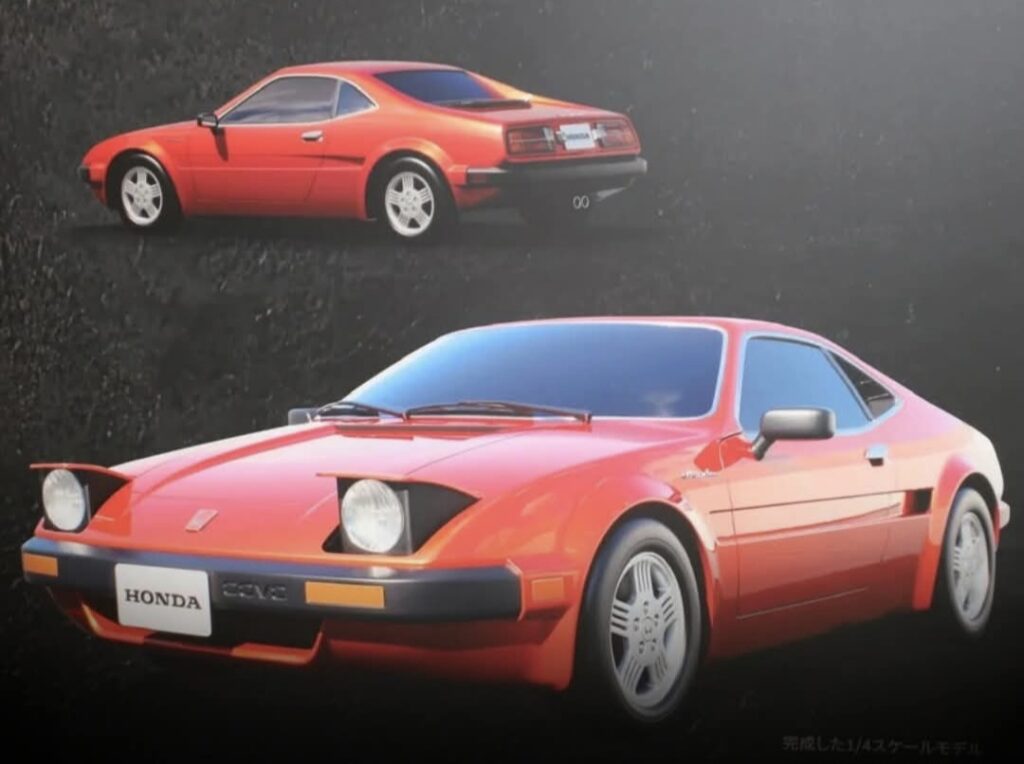
Wedge-shaped designs and advanced new features defined cars in the 1970s. From high-powered grand tourers like the Maserati Ghibli and Jaguar XJ-S, to mid-engine exotics like the Lamborghini Countach and DeTomaso Pantera, cars were bold and loud. Amidst all the noise, Honda quietly worked on what should have been the brand’s first mid-engine sports car, some 20 years before the NSX came out.
The mid-engine V-8 concept car from Honda featured pop-up headlights and an extremely streamlined body, inspired by the likes of Ferrari and Lotus. The engine featured Honda’s CVCC – Compound Vortex Controlled Combustion – which set a new standard for fuel efficiency and low emissions. This technology made it to production in the 1975 Honda Civic. Sadly, there is no further data on the Honda V-8 engine, but some design cues made it to production models like the Prelude and Accord.
Add a comment Cancel reply
Categories
- Aftermarket Modifications (2)
- American Cars (1)
- American Muscle Cars (1)
- Auto Detailing (1)
- Car News (8)
- Car Reviews (1)
- Classic Cars (4)
- EV (2)
- Hybrid vehicles (2)
- JDM Cars (6)
- Motorcycle Accessories (2)
- Motorcycles (3)
- New Cars (10)
- Sports Cars (7)
- Used Cars (4)
- Used Vehicles (4)
- Vehicle Guide (7)
- Vehicle Purchase (6)
Recent Posts
Popular Tags
Related posts


If Your New Honda Hybrid Powertrain Makes This Noise, Do Not Panic, There Is A Good Reason

8 Luxury Sports Cars From The 2000s That Could Become Future Classic Cars

Here's How The 2026 Honda Prelude Will Be Exciting Despite The Hybrid Powertrain
About us
Follow us
Cars by state
- Used cars in Andhra Pradesh
- Used cars in Arunachal Pradesh
- Used cars in Assam
- Used cars in Bihar
- Used cars in Chandigarh
- Used cars in Chhattisgarh
- Used cars in Dadra and Nagar Haveli
- Used cars in Delhi
- Used cars in Goa
- Used cars in Gujarat
- Used cars in Haryana
- Used cars in Himachal Praddesh
- Used cars in Himachal Pradesh
- Used cars in Jammu and Kashmir
- Used cars in Jharkhand
- Used cars in Karnataka
- Used cars in Kerala
- Used cars in Madhya Pradesh
- Used cars in Maharashtra
- Used cars in Manipur
- Used cars in Meghalaya
- Used cars in Mizoram
- Used cars in Nagaland
- Used cars in Odisha
- Used cars in Puducherry
- Used cars in Punjab
- Used cars in Rajasthan
- Used cars in Tamil Nadu
- Used cars in Telangana
- Used cars in Tripura
- Used cars in Uttar Pradesh
- Used cars in Uttarakhand
- Used cars in West Bengal
- Used cars in Andaman and Nicobar Islands




